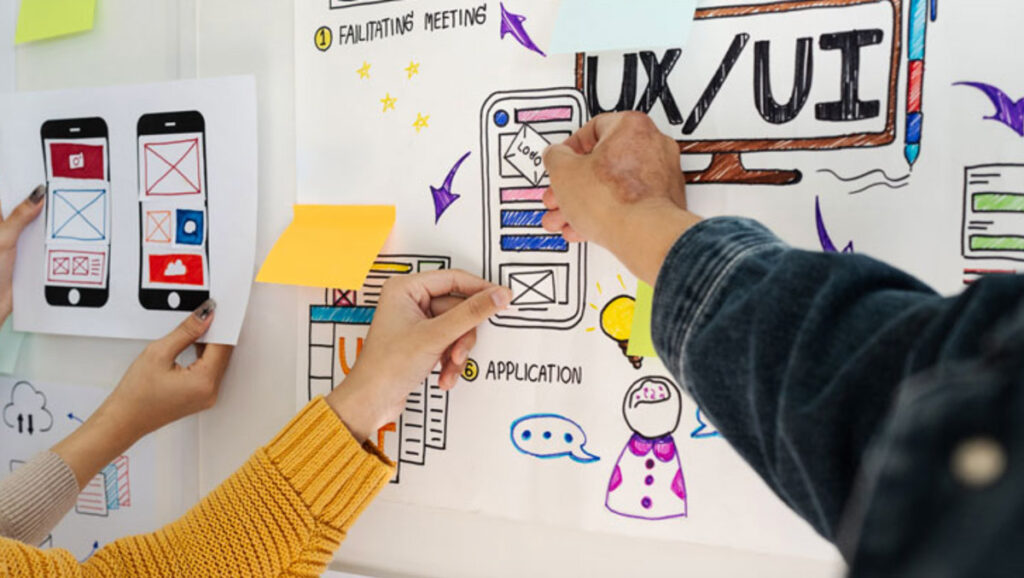Research on the impact of continuing professional education on job performance and opportunities, especially in the context of library and information science (LIS), highlights several key findings. In reviewing the literature surrounding continuing education (CE) in academic libraries, Venturella and Breland (2020) discuss multiple studies that underscore the benefits of CE and conclude that it impacts librarians “ability to effectively address the needs of students, keeps them abreast of changes in the profession, and influences their career advancement opportunities” (p.289).

A recent white paper, Librarian Futures (2023), discussed a survey of 289 librarians and noted that librarians feel confident in their current professional skill set and their ability to navigate emerging technologies, but desire targeted upskilling in the areas of data literacy, learning analytics, and responsible use of generative AI. Overall, “many librarians benefit from regular discussions about current and developing skill sets with a range of stakeholders, from senior management to students,” and the report went on to emphasize the importance of consistency and constancy in opportunities for upskilling across the profession (p. 5.). The crucial importance of encouragement and support of CE by library managers/administrators was likewise underscored in the article noted above, showing consistency across the LIS literature about both CE benefits and support needs (Venturella & Breland, 2020).
Indeed, discussing the impact of CE is a global conversation in LIS. One study conducted at the Federal University Oye Ekiti, Nigeria, assessed the impact of professional development and training on the job performance of library staff (Osiesi, et al., 2022). Using a descriptive survey research design, the findings revealed a positive and statistically significant relationship between professional development of library staff and their job performance. The study emphasized the importance of various forms of professional development programs, including in-house training, seminars, and on-the-job training, in enhancing job performance of library staff.
Another study based in India highlighted the need for CE programs due to the rapid changes in technology, job requirements, and knowledge in the LIS profession (Harake, & Hadagali, 2015). The authors found that a majority of participants in continuing education programs successfully update their professional skills and, like the Nigerian study discussed above, this article noted the varied forms that CE can take, such as training courses, workshops, seminars, conferences, and refresher courses.
Moreover, a focus on the benefits of CE is not new to the profession. In 2004, Ashcroft pointed out that academic librarians not only need to develop their competencies and transferable skills in the face of emerging technologies, but that they are often called upon to teach these skills to others during library public service interactions. In 2002, Ramaiah and Moorthy investigated the effect of CE on librarians, exploring the impact of CE programs, barriers to their implementation, and practical solutions for effective utilization. It found that CE programs enhance the performance level of staff, reduce mental stress, and increase job efficiency. These programs provide librarians with the necessary skills to handle modern librarianship challenges and enhance their confidence and motivation (Ramaiah & Moorthy, 2002). Further, in 2001, Acree et al. studied CE within the context of the University of Minnesota Libraries Training Institute for Library Science Interns and Residents and suggested that CE was an important component in the retention of BIPOC librarians in the academy.
These studies collectively underscore the positive impact of continuous professional education on the job performance and opportunities of LIS professionals. They emphasize the importance of keeping up with modern challenges through ongoing learning and professional development.
References
Acree, E. K., Epps, S. K., Gilmore, Y. & Henriques, C. (2001). Using professional development as a retention tool for underrepresented academic librarians. Journal of Library Administration, 33(1-2), 45-61. https://doi.org/10.1300/J111v33n01_05
Ashcroft, L. (2004). Developing competencies, critical analysis and personal transferable skills in future information professionals. Library Review, 53( 2) 82-88. https://doi.org/10.1108/00242530410522569
Harake, S. B., & Hadagali, G. S. (2015). Continuing education programmes for library and information science professionals: An Indian scenario. Gyankosh-The Journal of Library and Information Management, 6(2). https://doi.org/10.5958/2249-3182.2015.00012.x
Larsen, G. (2006). Preparing for new and changing roles in research libraries–the need for continuing professional development. Liber Quarterly, 16(3/4). https://dspace.library.uu.nl/handle/1874/241475
Osiesi, M. P., Odobe, V. T., Sanni, K. T., Adams, A. B., Oke, C. C., Omokhabi, U. S., & Okorie, N. C. (2022). An assessment of the impact of professional development and training on job performance of library staff in Federal University Oye Ekiti libraries, Nigeria. Library Management, 43(3/4), 228-239. https://doi.org/10.1108/LM-10-2021-0091
Ramaiah, C. K., & Moorthy, A. L. (2002). The impact of continuing education programmes on library and information science professionals. Library Review, 51(1), 24-31. https://doi.org/10.1108/00242530210413913
